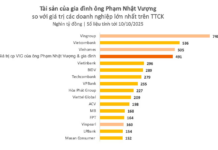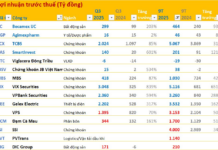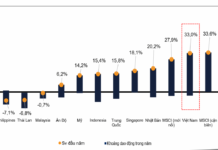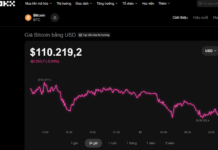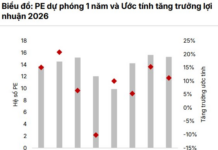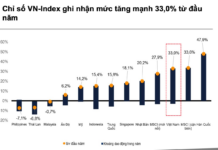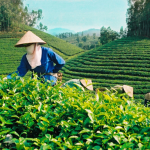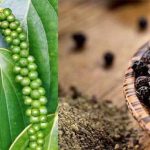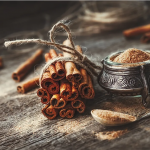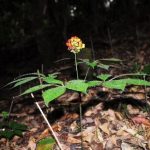Termite mushrooms, or ‘heaven’s bounty’ as they are poetically known, are a wild delicacy that cannot be cultivated. These mushrooms make their appearance during the rainy season, specifically after heavy downpours, and only near termite mounds, hence their name. Ms. Quynh Nhu, a resident of Phu Rieng District in Binh Phuoc Province, shared that in previous years, her family could gather tens of kilograms of these mushrooms, but this year they’ve only managed to collect around 3 kilograms, indicating a possible scarcity.
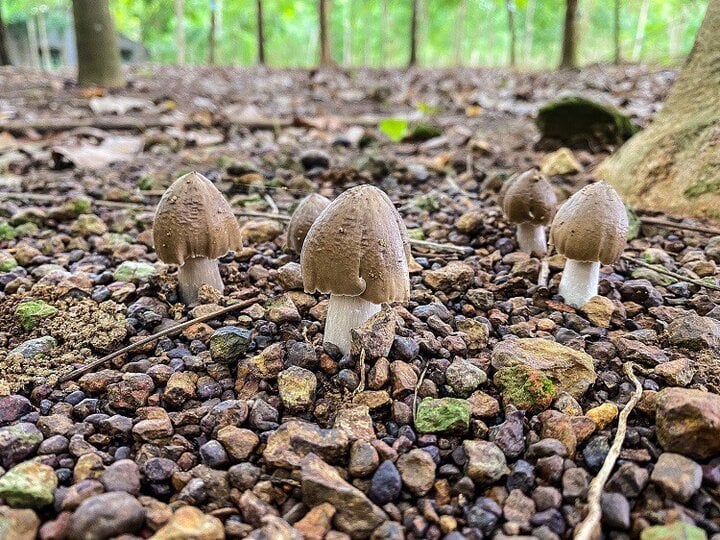
Termite mushrooms command a high price, often reaching millions of VND per kilogram. (Photo: NVCC)
“Termite mushrooms appear once a year, typically between May and July. This year, the rainy season arrived late, and the mushrooms only started to sprout in June,” Ms. Nhu shared.
Termite mushrooms are considered a delicacy and a nutritional powerhouse, making them highly sought-after. As a result, whatever quantity is foraged is quickly snapped up by eager customers. The most prized are the young, unopened buds, known as ‘mushroom buttons.’ These buttons, when cleaned and vacuum-packed, can fetch a staggering 1.2 million VND per kilogram, while less desirable or opened mushrooms still command a price of 650,000 VND per kilogram.
According to Ms. Nhu, anyone who has tasted termite mushrooms will attest to their superior flavor compared to other varieties. These mushrooms are versatile in the kitchen, lending themselves to dishes like garlic stir-fry, chicken sauté, or spicy grilled skewers.
Ms. Bich Lien, a resident of Tan Hiep Ward in Bien Hoa City, Dong Nai Province, noted that this year’s late rainy season, delayed by two months, also pushed back the appearance of termite mushrooms. The high demand and limited supply have driven prices up by 100,000 VND per kilogram compared to previous years. Currently, farmers are purchasing these mushrooms at rates ranging from 650,000 to 750,000 VND per kilogram, and by the time they reach consumers, the prices can soar to over a million VND per kilogram.
“Some fortunate foragers can collect between 10 and 20 kilograms of mushrooms in a single day, translating to potential earnings of tens of millions of VND. Conversely, others might spend a small fortune on fuel and lights for nocturnal mushroom hunts yet return empty-handed,” Ms. Lien revealed.
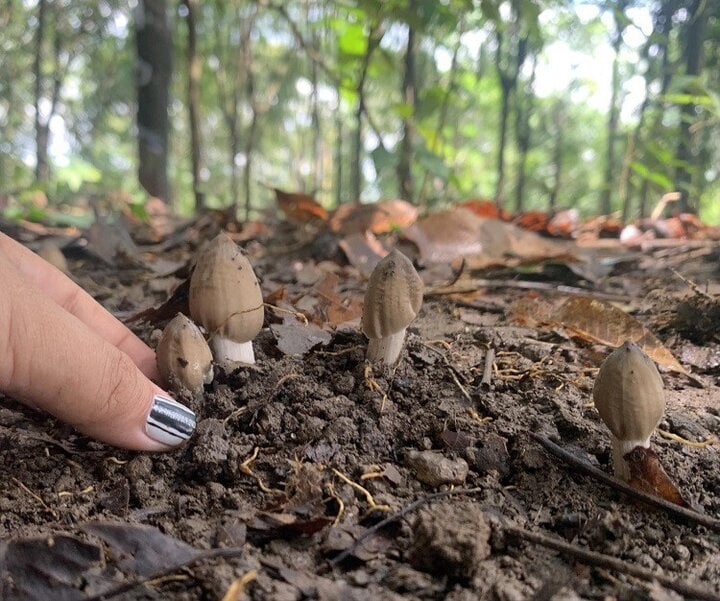
To gather unopened mushroom buds, foragers must venture out at night, searching with lamps before dawn. (Photo: NVCC)
The most lucrative time to harvest these mushrooms is at night, just as they are about to open. “Around 15 years ago, termite mushrooms were abundant. My fellow villagers and I would pick them for our own consumption, never thinking of selling them. However, as economic conditions improved, some people began to forage and sell them at the market. Word spread, and soon, demand outpaced supply, driving prices up to millions of VND per kilogram,” Ms. Lien explained.
Termite mushrooms, scientifically known as Collybia albuminosa, are named for their association with termite mounds. Specifically, they are linked with ground-dwelling termites that construct large nests resembling dried coconut fruits, with distinct earthen chambers. These nests are usually white or slightly yellowish in color.
Researchers have found that regular consumption of these white termite mushrooms can provide significant health benefits, particularly for the elderly and those with illnesses. Notably, they are believed to boost immunity, fight cancer cells, and lower blood sugar levels.












